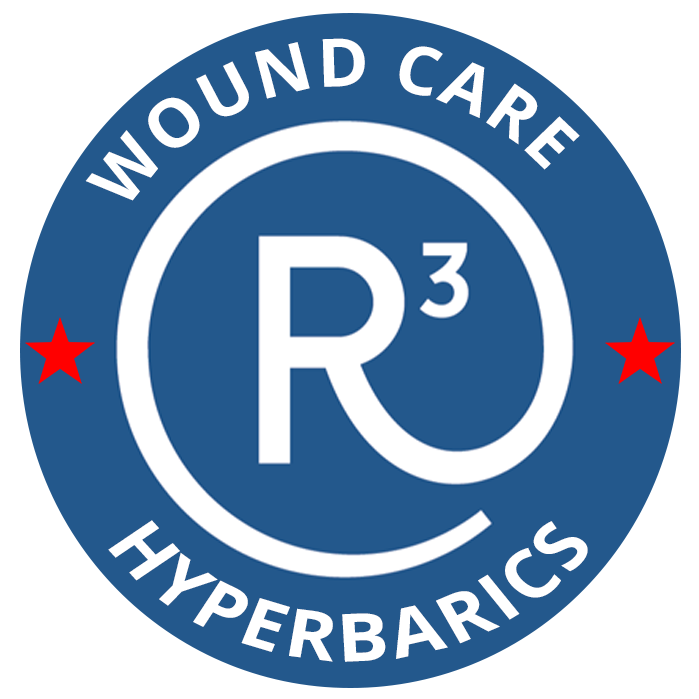If you are dealing with a pressure ulcer, you know how uncomfortable and disabling it can be. You might wonder if your pressure ulcer can heal and what treatments would help it heal most effectively. Pressure ulcers can heal, but it can take weeks to years to heal depending upon your treatments, the stage of your ulcer, and your particular health situation.
What Is a Pressure Ulcer?
A pressure ulcer (also known as a pressure wound or bed sore) is a localized injury to the skin and underlying tissue due to pressure. These ulcers often form if you have been bedridden, are in a wheelchair, or are unable to change positions easily. Pressure ulcers usually occur near a bone in your body (such as a heal, elbow or wrist, bottom).
What Causes Pressure Ulcers?
Decreased mobility and activity are the main causes of pressure ulcers. Pressure ulcers are more likely to develop when there is:
- Increased moisture. This is often caused by the skin becoming wet against soiled sheets or clothing.
- Increased friction. This is often caused by skin rubbing against another object, such as bed sheets or clothing and usually occurs on the top layer of skin.
- Increased shearing. This most often comes from the gravity of pulling or being pulled up in bed by the upper body without picking up the lower body at the same time. It most often affects the tissues below the skin’s surface.
You may be more susceptible to pressure ulcers if you have:
- Inadequate nutrition
- Advanced age (65+)
- Reduced arteriolar pressure
- Emotional stress
- Are a smoker
Can Pressure Ulcers Be Prevented?
Identifying whether or not you are at risk and taking action to minimize those risks is a major health care goal. If you are at risk, some ways you can reduce your chances of getting a pressure ulcer include:
- Reduce the intensity and duration of pressure. Change positions every two hours or every 15 minutes of sitting to help alleviate this pressure.
- Reduce friction and shear. If you are moving yourself, but sure to pick yourself up without dragging any parts of your body over any surfaces.
- Minimize moisture. Change sheets and clothes often to prevent your skin from becoming wet from sweat, urine or spills.
- Watch your nutrition. Be sure to eat a nutritious diet.
- Control your chronic illness if you have one.
- Ask others for physical support. If you have difficulty with mobility, ask for assistance from others to help you move.
How Do I Know When To See a Doctor?
Sometimes a pressure ulcer cannot be avoided. If you have a pressure ulcer, it can be treated more easily when treatment is started early on. There are four stages of pressure ulcers, with Stage 1 being the mildest and Stage 4 being the most severe. If any stage is left untreated and becomes infected, it can cause more severe conditions.
If you ever have a concern about your wound, contact your doctor. Sometimes a pressure ulcer can seem minor but can later develop into an infection and need additional treatment. Medical attention is needed if you have the following symptoms:
- Redness spreading out from the wound
- Increased pain or swelling
- Difficulty moving the affected area
- Pus or odorous drainage
- Warmth around the wound
- Fever higher than 100.4 degrees
- Poor healing
How Can Wound Care Specialists Help?
Wound care specialists focus entirely on the treatment and management of wounds. They are trained to provide comfortable, expert-level wound care based on your unique physical needs. In addition, wound care specialists maximize your chances of long-term healing using specialized treatments and procedures. With these advanced treatments, which may include debridement and hyperbaric oxygen therapy, wound care specialists can help you find the best individual treatment plan to help heal your persistent pressure wound.
How Hyperbaric Oxygen Therapy (HBOT) Can Help Heal Pressure Ulcers
Pressure ulcers occur when blood supply to an area of the skin is cut off. Hyperbaric Oxygen Therapy (HBOT) is a specialized, natural medical treatment that provides a rapid increase of oxygen to a place of skin that has damaged, dying, or has necrotic tissues. Oxygen is the main part of wound healing and oxygen-rich conditions can trigger the healing process in the skin while controlling the inflammatory phase. HBOT is used to heal a variety of wounds and medical conditions by delivering 100% pure oxygen throughout the body and provides many benefits.
If you’ve been struggling with a pressure ulcer, please contact us to schedule a visit to our nearest location. Our wound care specialists will assess your pressure ulcer and recommend the right treatment plan for you so that you can heal as quickly and effectively as possible.
Reference: Bryant, R. A., & Nix, D. P. (2016). Acute & chronic wounds: Current management concepts. Elsevier Health Sciences
